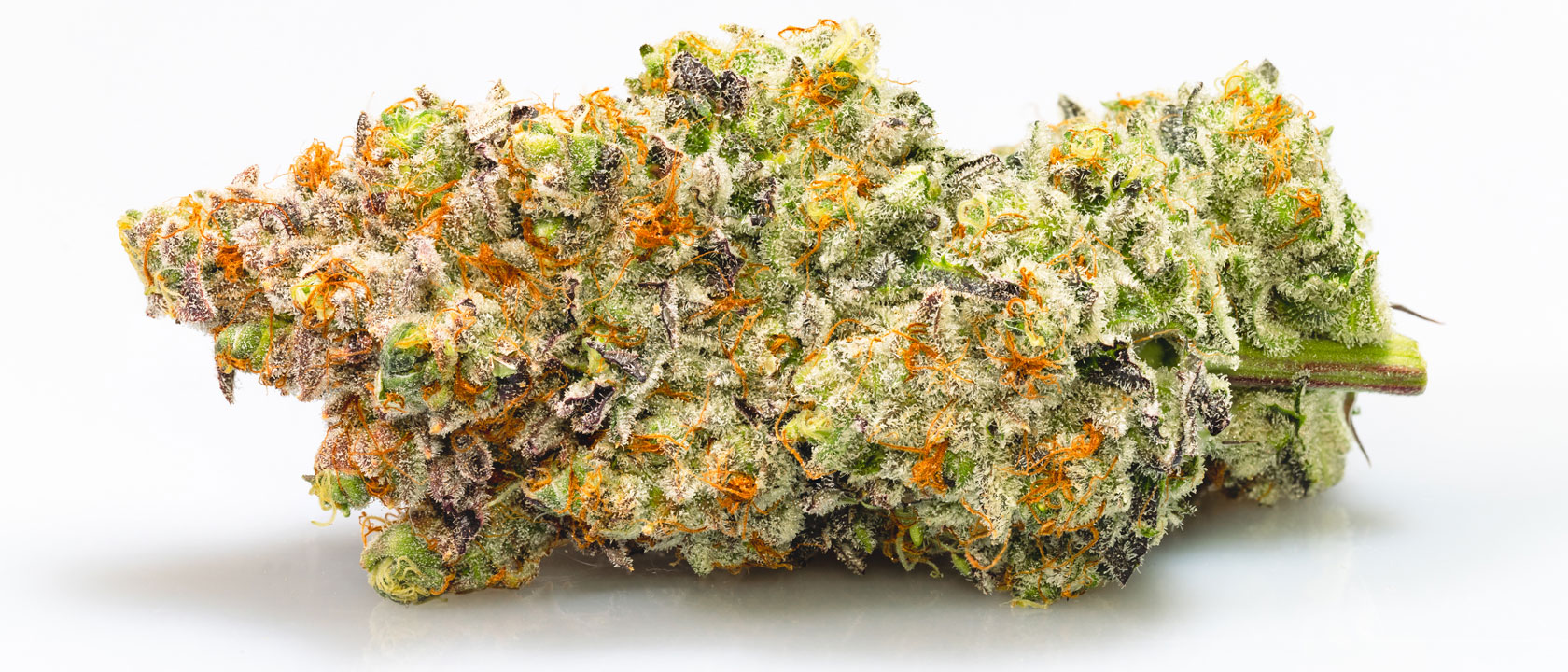Craft weed is grown and cultivated in an environmentally friendly way to utilize minimal resources like manure, and it is produced as a superior quality and in small consumable batches. In this article, we will outline some factors that led to the arrested rise of craft weed in Canada.
While the cannabis legalization process in Canada has had its obstacles, the tremendous success of the established legal market lies with the micro-cultivators fuego extracts.
Support has been increased for small-scale producers to access regulatory requirements quickly. More people can enter the market, but the arrest of illicit counterparts is still ongoing.
The following are some of the reasons for the arrested rise of craft weed in Canada;
- The environment makes it impossible to issue market-improved products
A marketing solution must be implemented. The regulated market has made a series of improvements with the prioritization of product quality in the past two years. Cannabis producers in the country cannot communicate these significant improvements to their customers.
Producers need an opportunity to meet their customers because the government channels most sales, which are run physically or even through online stores, to the consumers.
- A long way in transportation
With the satisfaction of all the regulatory requirements, the farmers can sell their craft weed in Canada to industries. Health Canada has set up an irradiation agency to which farmers ship their products to ensure they are below the acceptable microbial threshold.
In addition, irradiation positively impacts product safety, but from the research taken, it may reduce the quality of the products significantly. There are only a few facilities to irradiate the cannabis products, which makes companies, end up transporting the final product for kilometres to the market.
- Compliance with regulatory authorities is time-consuming and complex.
Small-scale farmers, who produce high-quality cannabis, continue facing barriers to entry into the legalized market.
Moreover, an average of 477 fields are recorded monthly, making the process more time-consuming and time-consuming.
- The distribution of licenses needs to be more cohesive and cohesive.
The government lacks the requisite tools and resources to control the number of applications to cannabis retailing. License issuance has often been associated with delays and complex requirements, which are widespread across all provinces.
In addition, this is evident from the uneven distribution of cannabis stores in the country, with some having as low as 45 stores while others have more than 500 stores.
Conclusion
The continued arrest due to craft cannabis in Canada is a result of the factors above. All these factors strain small-based micro farmers due to the strenuous procedure of the regulatory requirements.
Hence, this document is essential for reference in the future to any individual who seeks to know more about craft weed.
